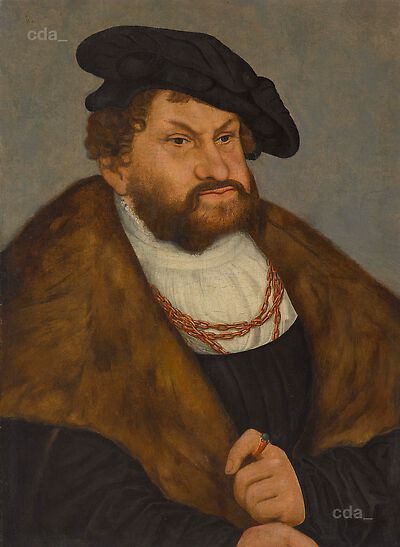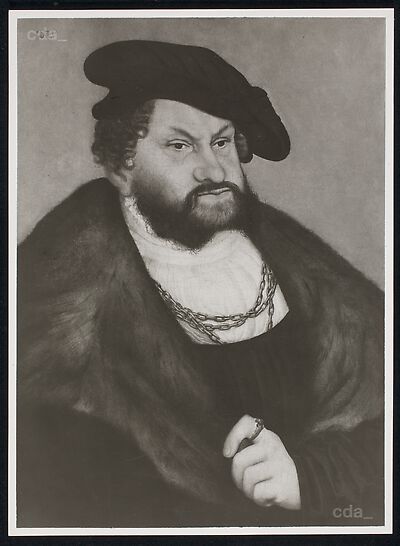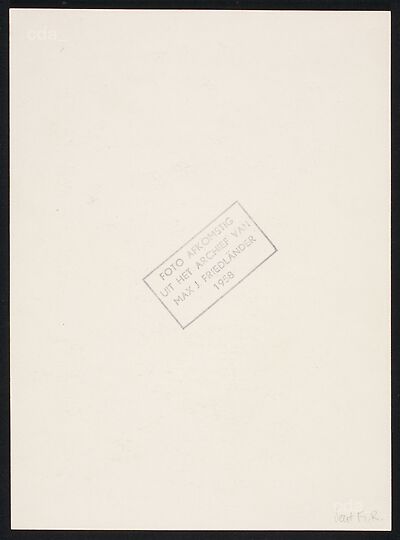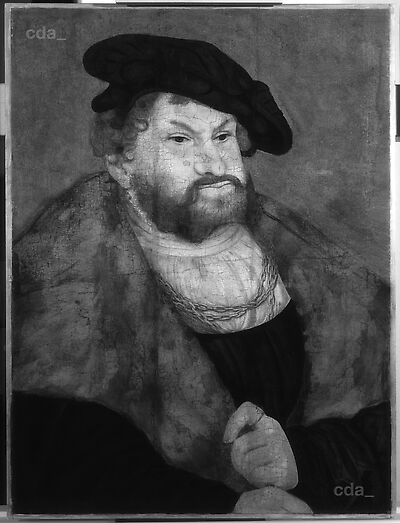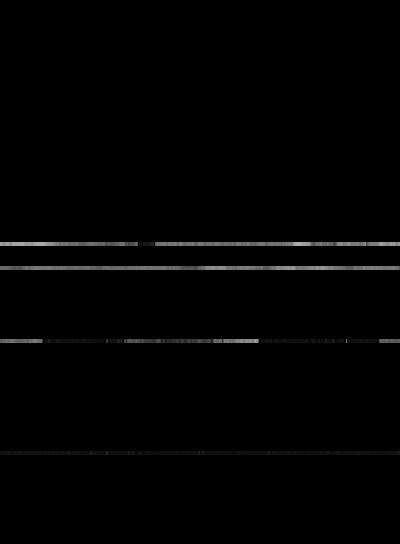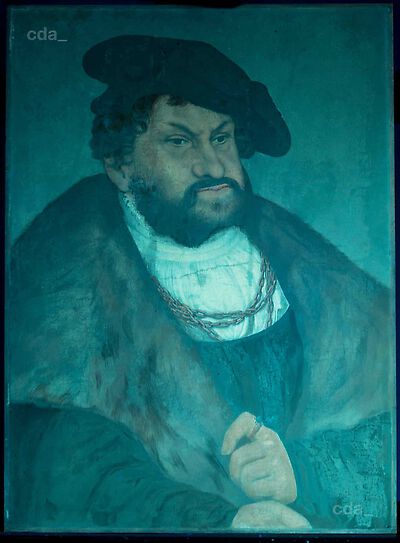Support
The wooden panel (66.2 x 48.8 cm) consists of three vertically aligned and butt-joined planks (top from the left: 18.1 / 12.4 / 16.7 cm; bottom from the left: 17.4 / 11.8 / 18.8 cm). The wood species was optically identified as beech. Fiberous material was applied over the joins on both sides (tow was applied on the reverse to cover small splits). The edges of the panel exhibit a broad bevel on the reverse. It is noticeable that the reverse of the planks were only roughly smoothed. While on two of the planks the bare wood is exposed the left plank has been stained and is in appearance darker. The paint layers were transferred to a new support and the original planks were then attached to this (see condition report). The dimensions of the panel may have been altered slightly at this stage.
The proportions and size of the panel do not correspond with any of the standard formats commonly used in the Cranach workshop. Beech wood was frequently used in the Wittenberg workshop between 1522 and 1535 and later also. Similar tow applications and marks from tools are preserved on other panels by Lucas Cranach and his workshop. The rough appearance of the reverse is striking. The single stained plank suggests that the wood was reused. The rough treatment of the reverse does not support the theory that this painting may have been part of a triptych with moveable wings. However, considering the unusual format of the painting and the striking preparation, it is conceivable that it was inserted in wall paneling (where the reverse would not have been visible).
Ground and Imprimatura
- the ground layer is white and appears to contain chalk.
- later intervention has made it impossible to assess the edges of the ground layer
Underdrawing
- examination with infrared reflectography did not show an underdrawing
Paint Layers and Gilding
Employing XRF analysis the following elements were detected: lead (lead white), tin (lead-tin-yellow), copper (azurite) and mercury (vermilion). In the paint layers of the background neither copper (azurite), cobalt (smalt) nor indigo (VIS analysis) could be identified. Optically it appears to be an admixture of lead white and an organic black pigment. As such the background would differ from other known portaits of nobility being grey rather than blue.
The modulation of the faces was executed employing a pale admixture of lead white and red vermilion pigments. Shadows were created with semi-transparent brownish glazes and highlights were applied with pale flesh paint. The x-radiograph records the skillful modelling of the faces. The paint was both dabbed on and applied with brushstrokes. Details like the eyes and the mouth were added wet-in-wet and were executed with relative confidence. The pupil of the right eye was corrected slightly at the edge.
The beard and hair were initially blocked in with a brown underlayer of varying intensity and subsequently nuanced with fine brushstrokes. The single hairs appear to have been executed with a varying degree of precision and confidence. In comparison the eyebrows and eyelashes are skillfully executed.
The fur-trimming exhibits comparatively little interest in detail. A brush with a split tip was used to depict whole tufts of hair. The black gown and the hat on the other hand were skillfully executed. The neckchain and the elector's ring are also convincing (when compared with the representation of the ring on the portraits in Nuremberg and Hamburg here it appears foreshortened).
The x-radiograph shows clearly that the entire painting process was precisely planned and excuted. Individual forms were painted as discrete entities. Significant changes are not visible.
Framing
- the original frame has not been preserved
[Examination report Gunnar Heydenreich, 05.2015]
- examined by Gunnar Heydenreich
